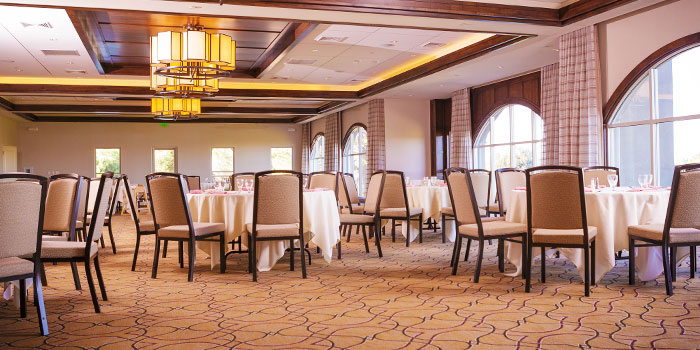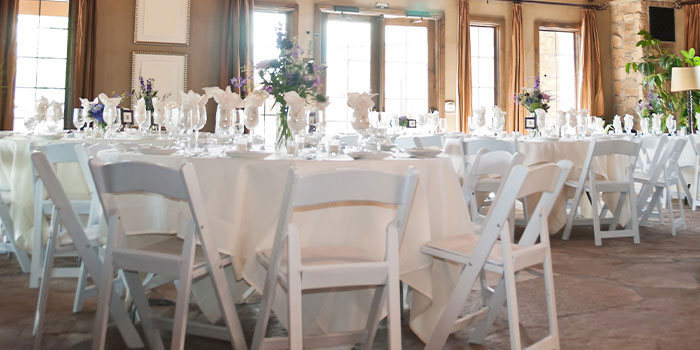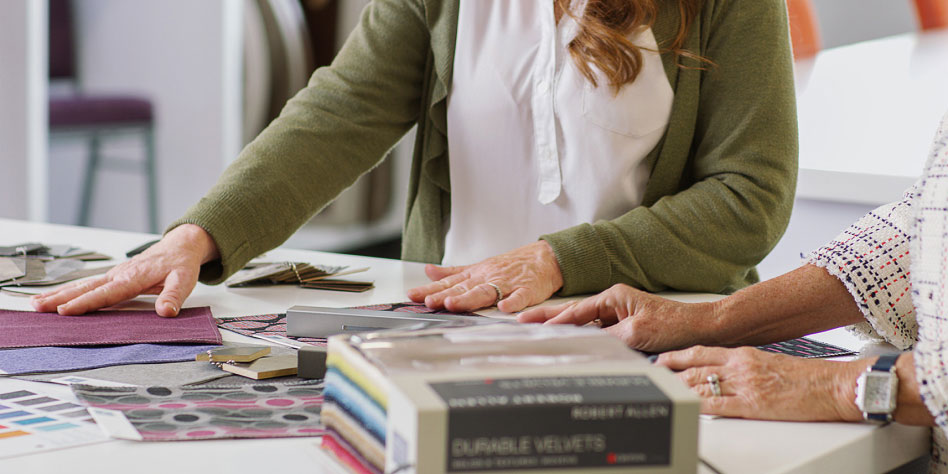
There are many things to consider when choosing the upholstery fabric for your banquet chairs. In general, the commercial material industry offers five common materials for upholstering chairs: fabric, vinyl, polyurethane, leather, and silicone.
Leather and silicone are not offered by MityLite for a few reasons. Leather is a high-end upholstery that is difficult to produce in mass, and it’s expensive. Silicone (such as premium products like Sileather®) is the most durable upholstery fabric; it exceeds the performance of both vinyl and polyurethane. However, it’s an expensive option that costs approximately 10-15 times more than vinyl and polyurethane, making it impractical for commercial banquet chair upholstery.
When you want a dining or banquet chair fabric material that balances affordability and durability, comfort and style, your best bets are vinyl, polyurethane, and high-grade upholstery fabric. We’ll break down the benefits of fabric, vinyl, and polyurethane below, so you know which upholstery best fits your needs
Related Content: Complete Guide to Choosing Banquet Chairs
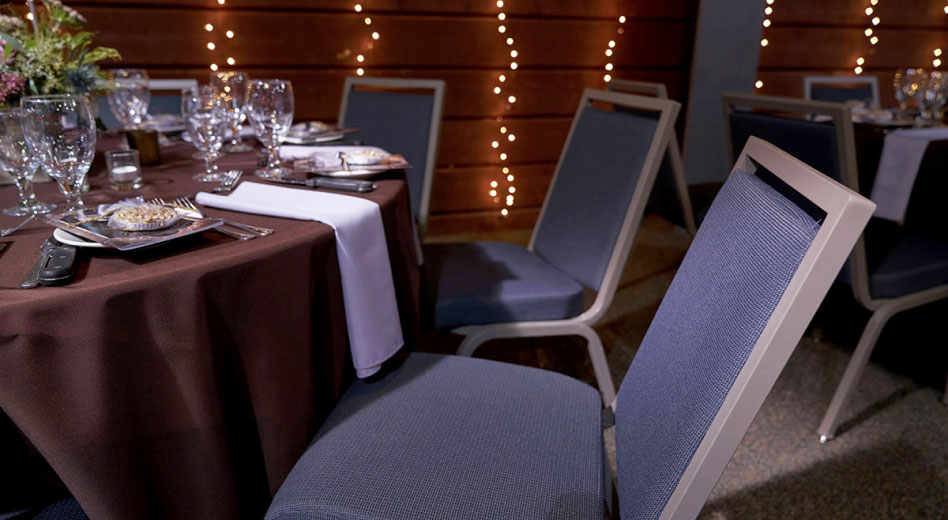
Fabric Upholstery
The commercial fabric used in banquet and dining chair upholstery is generally made from cotton, polyester, wool, nylon, polyolefin (or olefin), or a combination of these. The blend of materials in the fabric will determine durability, look, feel, and cost.
These high-quality upholstery fabrics are chosen for their resistance to tears and punctures. In addition, if the fabric is treated with a performance enhancer, such as Nanotex®, InCase™, Crypton®, iClean™, or Alta™, it will resist stains and clean easily.* However, the main drawback of using fabric is that it can absorb odors, which can be harder to eliminate.
*Please note that Scotchgard™ and Teflon™ are not performance treatments. These formulas are sprayed onto a material, unlike the performance treatments listed above. During performance treatments, the yarn is encapsulated during the process while the material is immersed in a liquid bath.
The commercial fabric used in banquet and dining chair upholstery is generally made from cotton, polyester, wool, nylon, polyolefin (or olefin), or a combination of these.
Vinyl Upholstery
There are also benefits to choosing vinyl upholstery, including the fact that vinyl is easy to clean, and it resists common stains. High-quality vinyl is also easy to disinfect with a solution of bleach and water, without causing damage to the upholstery. However, it is still best to get a protective coating on vinyl so that the upholstery will resist permanent marker and other products that can stain even the most resistant types of material.
Vinyl upholstery is a good option for healthcare facilities, where the material must be cleaned regularly, because it can stand up to frequent exposure to moisture and chemicals. It accepts many finishes better than polyurethane, which will help protect the banquet chairs from absorbing harmful microbes and bacteria. Vinyl is also resistant to absorbing odor.
In addition, some vinyl upholstery, such as faux leather, closely mimics actual leather to provide a high-end look and feel for a much more affordable price.
On the other hand, although vinyl is a strong upholstery material for dining chairs or banquet chairs, it isn’t the most durable. Vinyl can be easily punctured by even common objects, such as pens and pencils. Low-quality vinyl may even tear when punctured. Additionally, vinyl can be uncomfortable to sit on in warm environments because it doesn’t breathe like fabric.
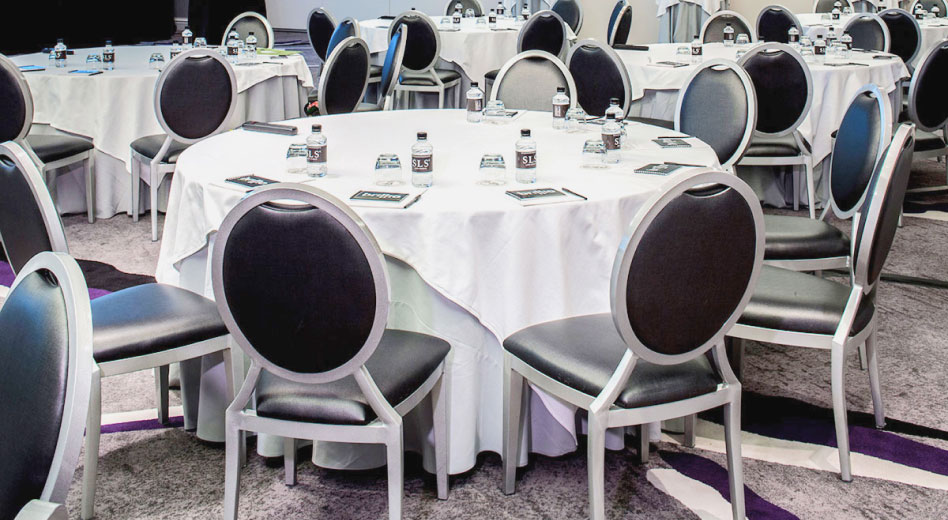
Polyurethane (PU)
When produced using high-grade resins, polyurethane is stain-resistant, easy to clean, and odor-resistant like vinyl. It generally feels soft and remains cool to the touch to provide a comfortable seating experience over long periods of time.
However, like vinyl, polyurethane can be more easily punctured than fabric, meaning it isn’t the most durable upholstery fabric.
Polyurethane may not be the best upholstery to choose for healthcare facilities because it doesn’t accept many finishes that can protect furniture from absorbing harmful microbes and bacteria. It also doesn’t perform as well as vinyl when frequently exposed to moisture, a common requirement in healthcare environments with rigorous cleaning procedures.
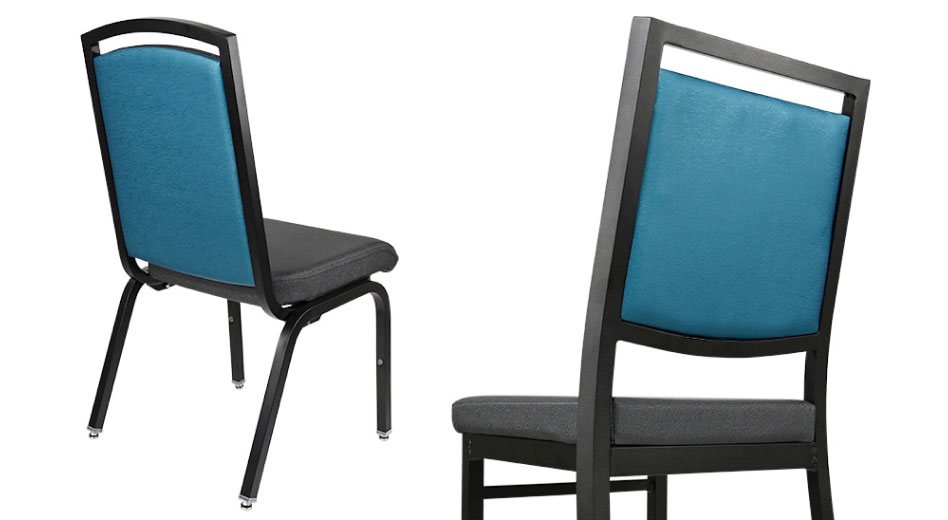
What Is the Best Upholstery Fabric for Dining and Banquet Chairs?
It’s impossible to say one fabric or material is the universal best choice for upholstering banquet chairs. The best fabric choice depends a lot on the environment in which your banquet chairs will be used. For healthcare facilities, polyurethane has fewer advantages than vinyl or high-grade upholstery fabric. Beyond that, the choice is truly yours.
MityLite offers dozens of colors and patterns for banquet chair upholstery, and you can also choose a material for covering chairs based on performance finishes or cleaning options.
Visit the MityLite fabric center to see your many dining and banquet chair fabric material options.
Products Featured in This Article

Royale Banquet Chair
1 Chair Back Style, 2 Seat Height
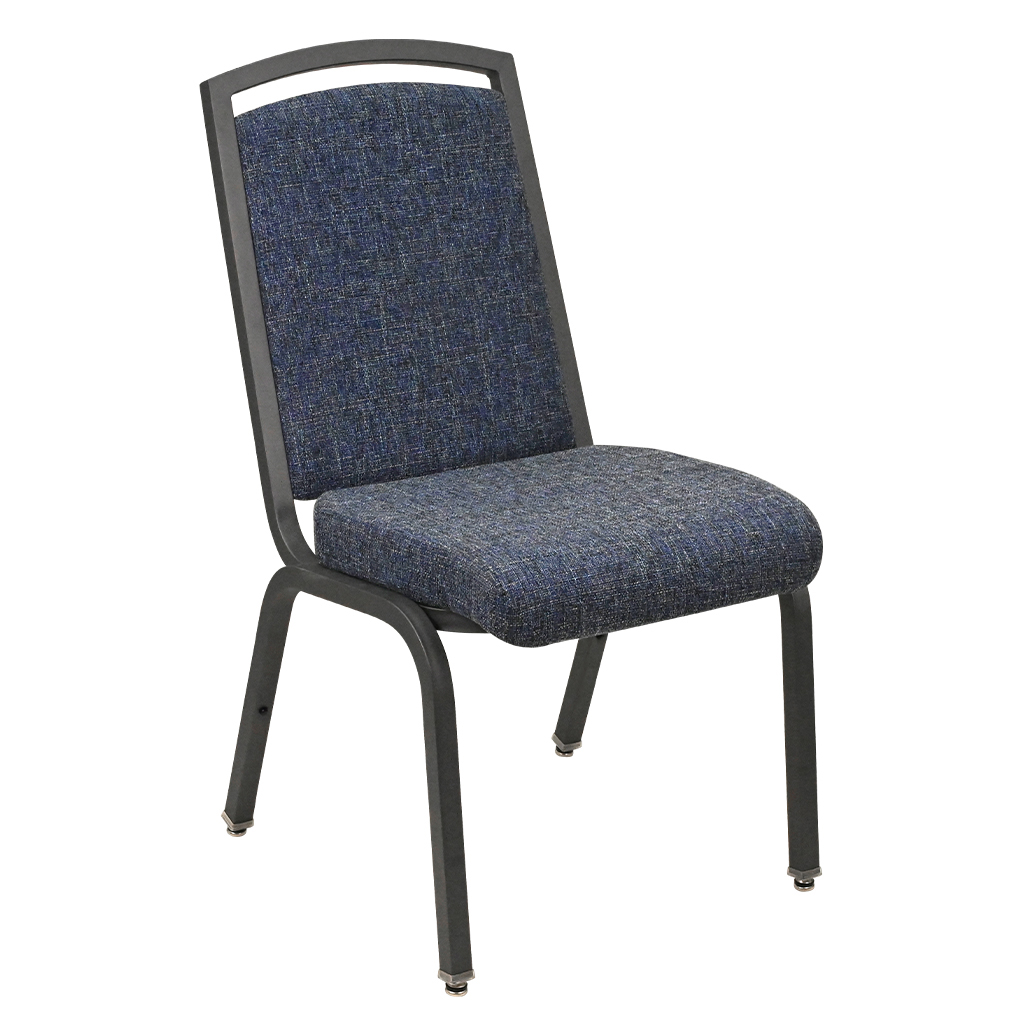
Encore Banquet Chair
2 Chair Back Styles
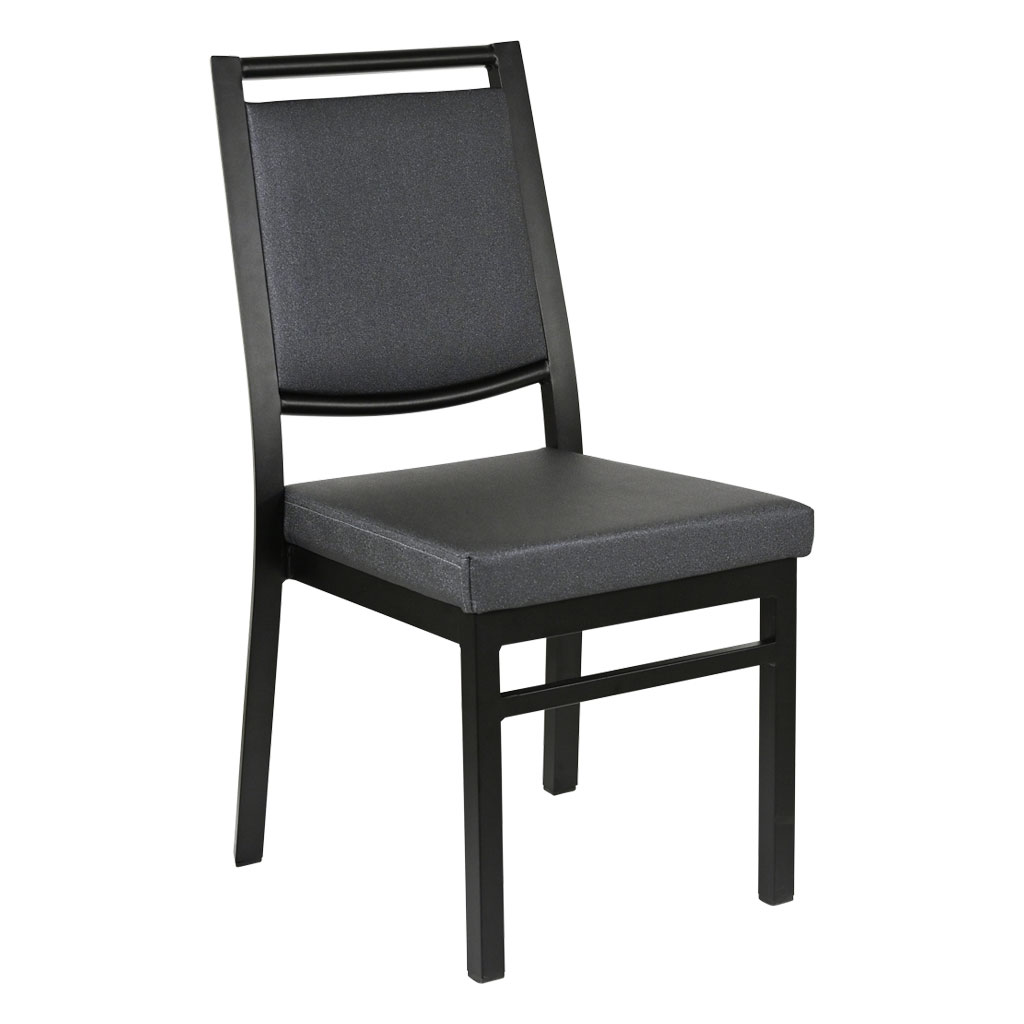
Grand Banquet Chair
3 Chair Back Styles
